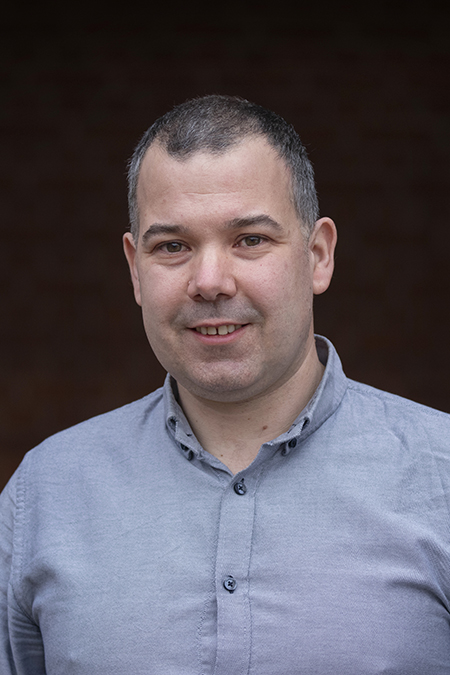Seeking new methods that can improve the quality of donor kidneys
Meet Marco Eijken
“Unfortunately, not all donor kidneys work forever after transplantation, and therefore patients frequently need a second donor kidney. In particular these ECD kidneys are prone to be damaged during the transplantation process resulting in more poor functioning donor kidneys.”
Mesenchymal stem cell-therapy is explored in so many different kinds of conditions including cardiovascular disease, joint and bone disease, inflammatory bowel disease and organ transplantation. Twenty years ago, these cells were mainly known as precursors for bone cells.
Nowadays we know that the same cells can induce tissue regeneration in many other tissues and are very potent regulators of the immune system. And that’s fascinating, if you ask Associate Professor, Marco Eijken, born 1978.
Cell therapy of donor kidneys
In an international consortium he and his colleagues demonstrated the clinical feasibility of an ex-vivo targeted mesenchymal stem cell therapy in kidney transplantation using a well validated pig model.
Before he started in the field of kidney disease, Marco Eijken had no idea that about 10 percent of the population is affected by chronic kidney disease. At end stage chronic kidney disease, a kidney transplantation is by far the best treatment for many patients. However, donor kidneys are limited and as a result there is a long waiting list for getting a new kidney. To expand the donor pool, organs from older and comorbid brain death donors, so-called expanded criteria donors (ECD), are also used for transplantation.
“Unfortunately, not all donor kidneys work forever after transplantation, and therefore patients frequently need a second donor kidney. In particular these ECD kidneys are prone to be damaged during the transplantation process resulting in more poor functioning donor kidneys,” he says.

A pig animal model is an important tool
Therefore his aim is to come up with new methods that can improve the quality of donor kidneys.
“Due to the unique, large animal facility present at Clinical Medicine we have access to valuable porcine kidneys. A pig animal model is an important tool in kidney transplantation research as pigs have “human-sized” kidneys.”
“This is obviously relevant for proper simulation of all surgical procedures and the specific perfusion conditions we use during ex-vivo kidney machine perfusion. This will ensure that in case of success we can quickly translate our newly developed methods to the clinic,” he says.
In the spring of 2021 Marco Eijken and his team began a new interdisciplinary project called VITALIZE. This project is driven by multiple research groups in the field of renal medicine, surgical sciences, nanoscience and bioimaging.
“Our approach is based on the addition of small and biodegradable fluorescent biosensors while a kidney is being perfused ex-vivo at normothermic temperatures. We expect that these biosensors can give us information that will tell us if a donor kidney is suitable for transplantation or not,” he says.